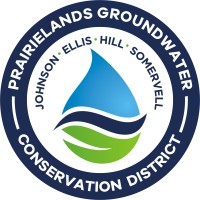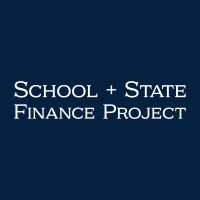
Prairielands Groundwater Conservation District
The Prairielands GCD was created in response to a finding by the Texas Commission on Environmental Quality that groundwater shortages were expected in Ellis, Hill, Johnson, and Somervell counties over the next 25 years. The Prairielands GCD seeks to balance the needs of all groundwater users with the requirements of a sustainable aquifer. The District operates in a fair and equitable manner through a management plan and rules. They are designed to prevent waste, collect data, plan for future resources, and educate people about water conservation and aquifer protection. The District protects property values by preserving the quantity and quality of groundwater for future generations. Through a system of well spacing rules, minimum tract size requirements, and the District's Desired Future Conditions, the competition between wells is reduced. Members of the board are appointed by the county commissioners in Ellis, Hill, Johnson, and Somervell counties. The board consists of 8 directors, 2 from each of the 4 counties. Initial board-member terms are staggered 2 and 4 years, followed by 4-year terms.






